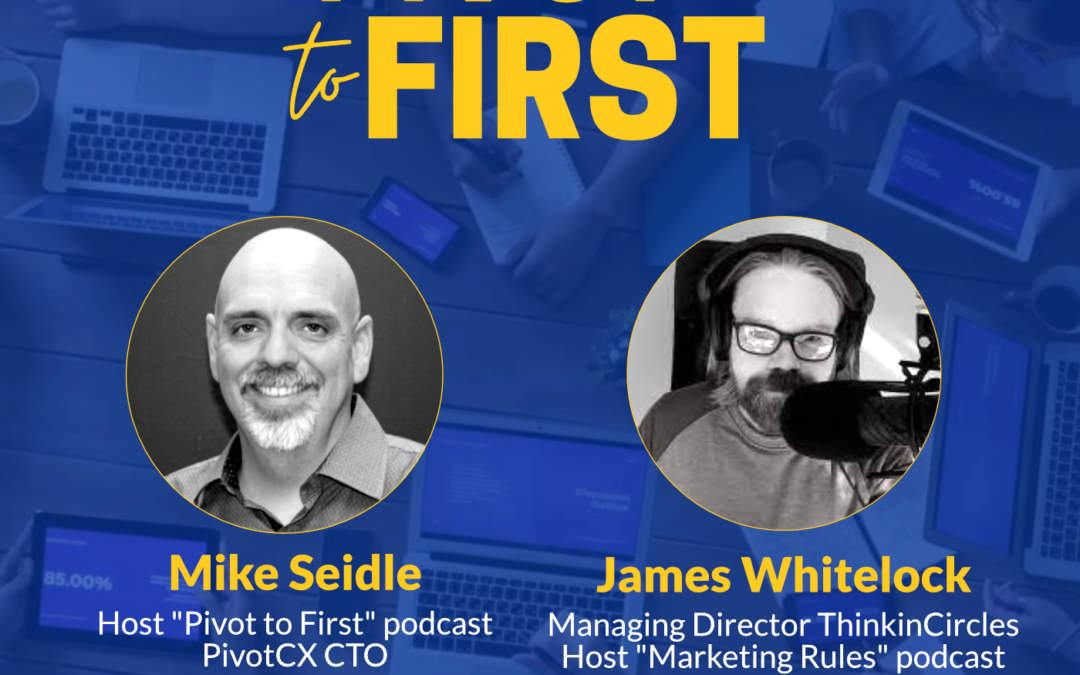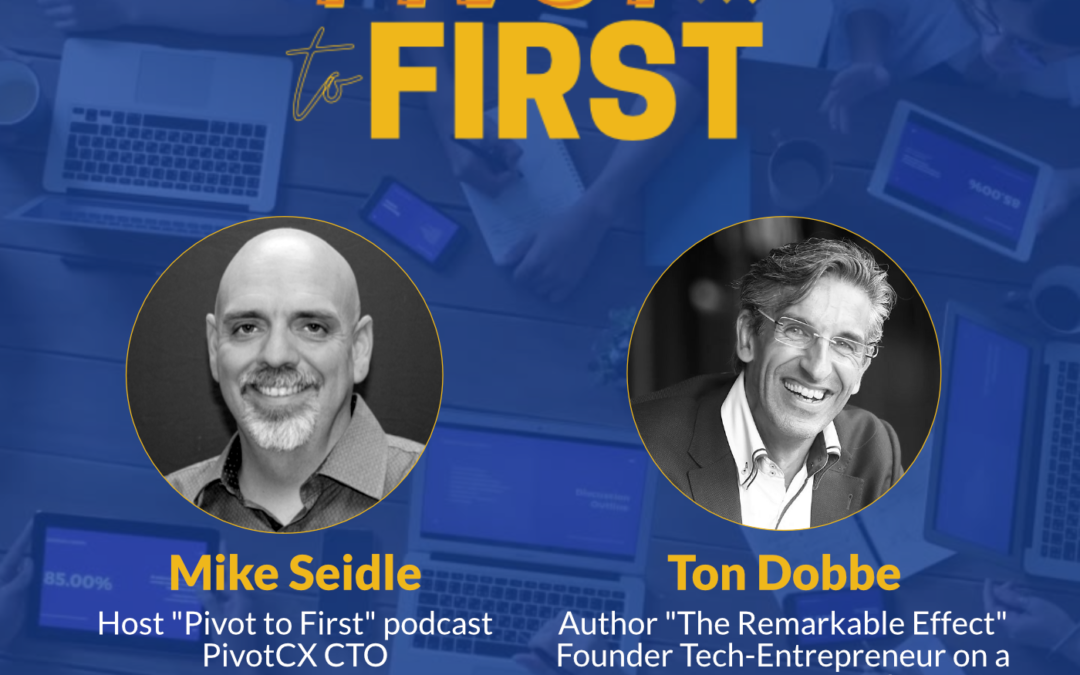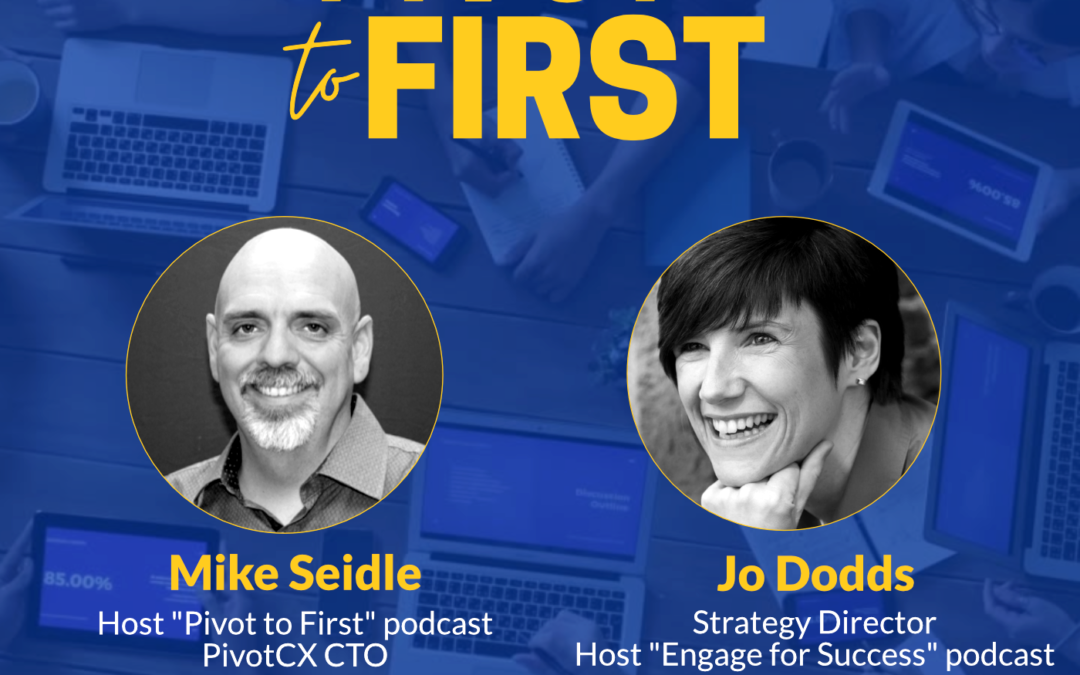
Rethinking Recruiting Marketing with James Whitelock on Pivot to First Episode 6
After the Great Resignation, employers are rethinking their recruiting marketing strategies. More than ever before, candidates are looking for companies that align with their values and lifestyles.
Mike and James Tackle Recruiting Marketing
Employers are incentivized to build and maintain a good reputation through reviews on websites such as Glassdoor and Indeed. This poses the risk of hyper-focusing on appearances instead of spending time developing positive interactions with potential and current employees.
How does a CEO diagnose what’s the problem when they find themselves adjusting hours and production to fit many unfilled positions in their workforce.
The truth of the matter is that it’s never just one problem. Still, to diagnose what is going on, CEOs have to look internally and understand what drives their workforce, what is making them stay or leave, and what their experience is like from the moment they apply through their engagement lifecycle with the company.
What can companies do to improve their “candidate flow” issues, and how can they get more qualified applicants?
Many processes, including how people apply for and search for jobs, have changed since the Covid-19 pandemic. Instead of simply posting jobs online and hoping for a great candidate to show up, companies should commit time and resources to engage great people where they are. Employers who create a relationship with candidates can be top of mind when an opportunity arises.
How do you tell a candidate flow problem vs. a time to offer problem?
90% of candidates still take the first job offer they get. Knowing that candidates are time-sensitive can help businesses plan ahead of a possible hiring problem.
About James:
James is the Managing Director at Think In Circles, a sales and marketing growth agency, and an expert on Recruitment Marketing. He’s also the host of The Marketing Rules podcast. James hosted Mike about a year ago when they discussed AI and human-to-human conversations in the recruitment process.
Transformative Book in James’ business journey: Brand Sense by Martin Lindstrom because it’s the book that got him into marketing. It dives into how marketers and branders use the other senses available to get you to buy into their company.
https://uk.linkedin.com/in/jameswhitelock
https://www.themarketingrules.com/





